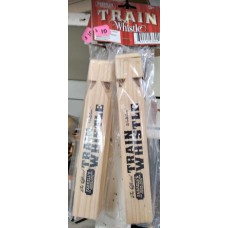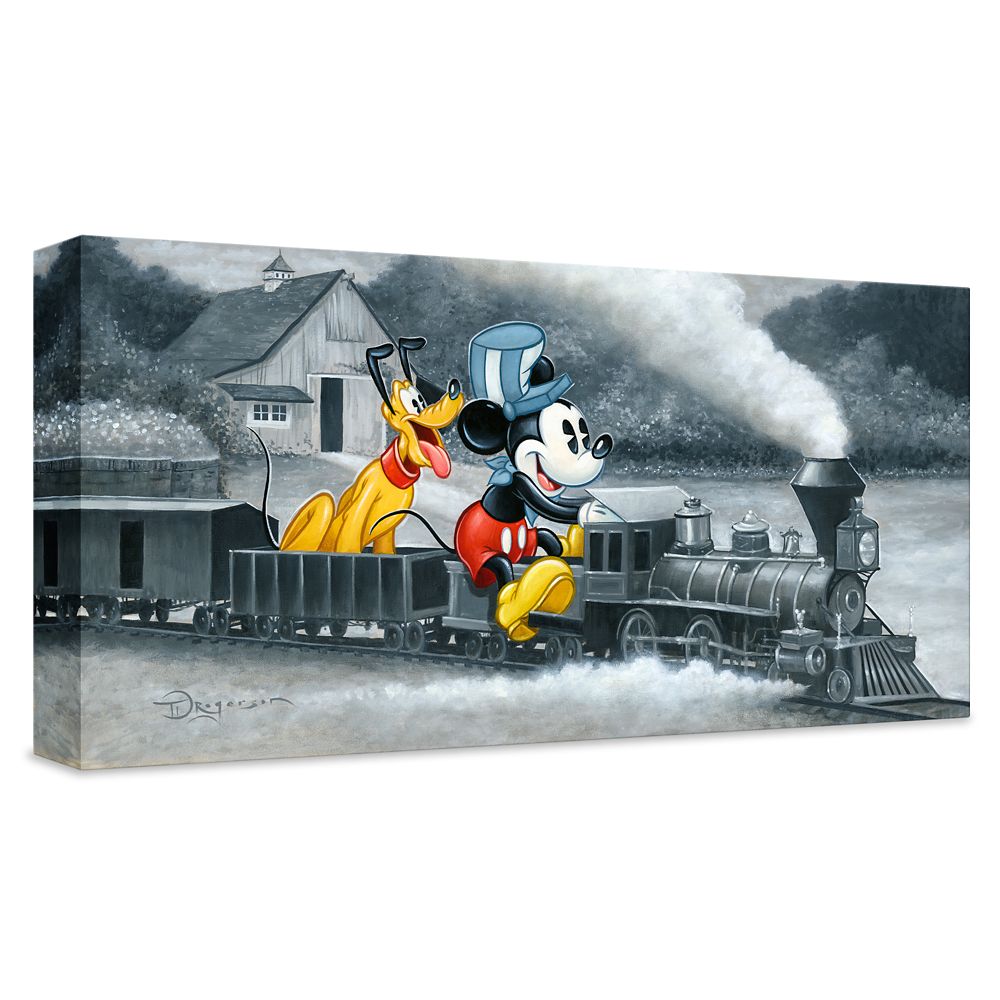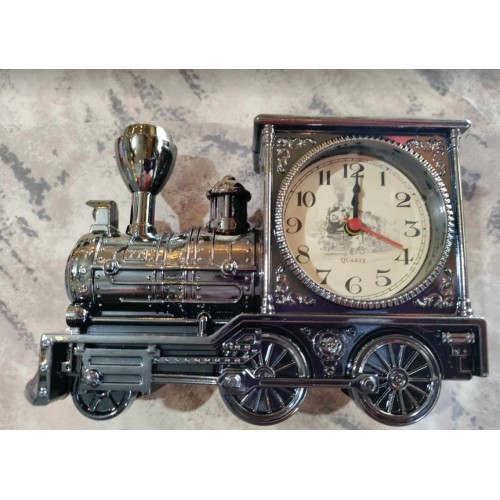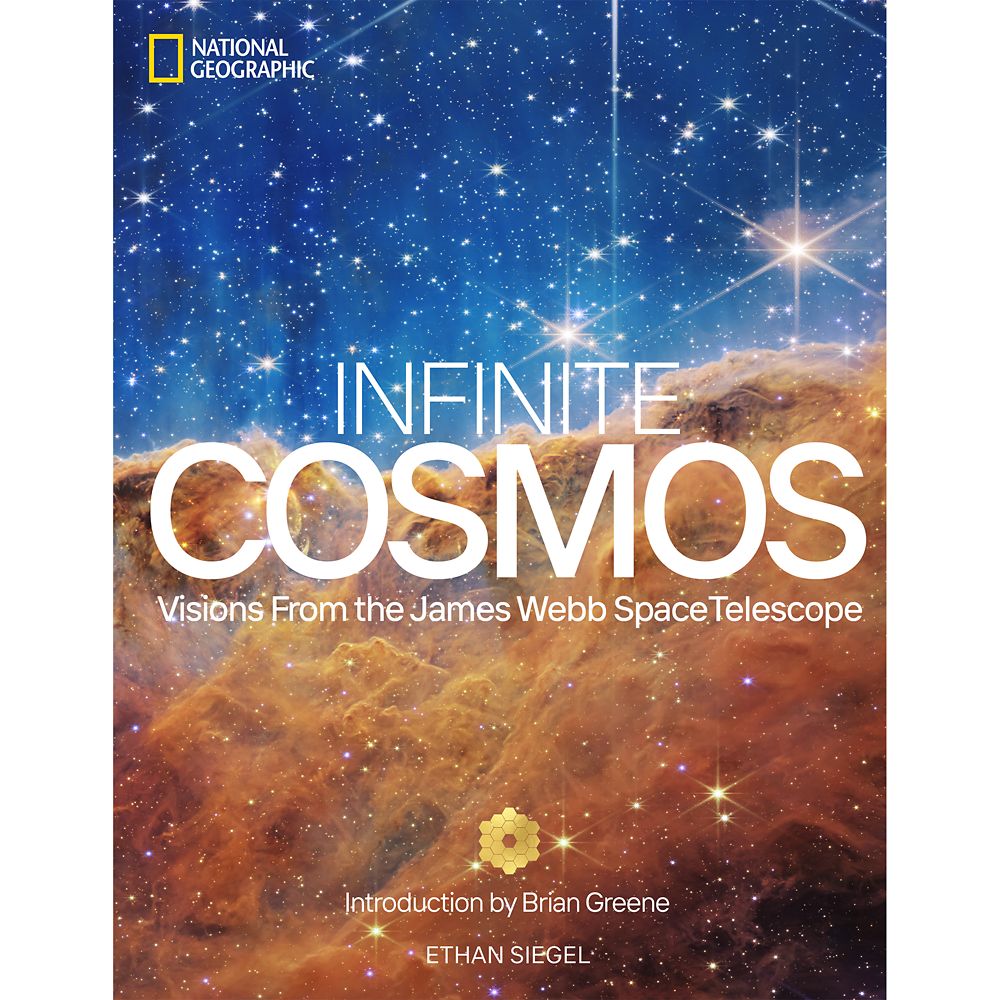Travel
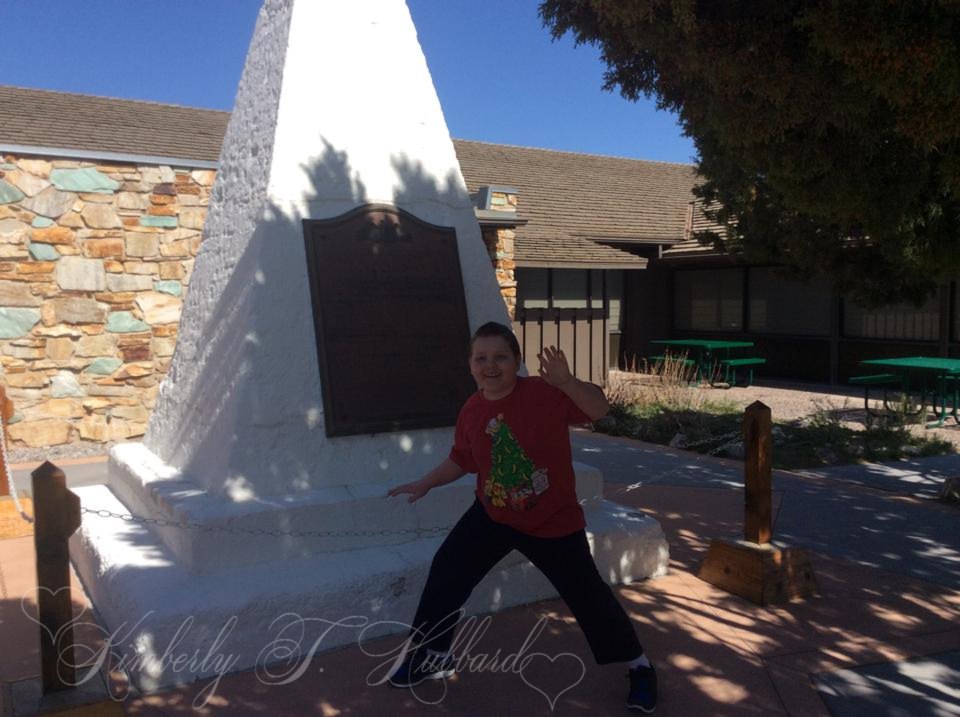
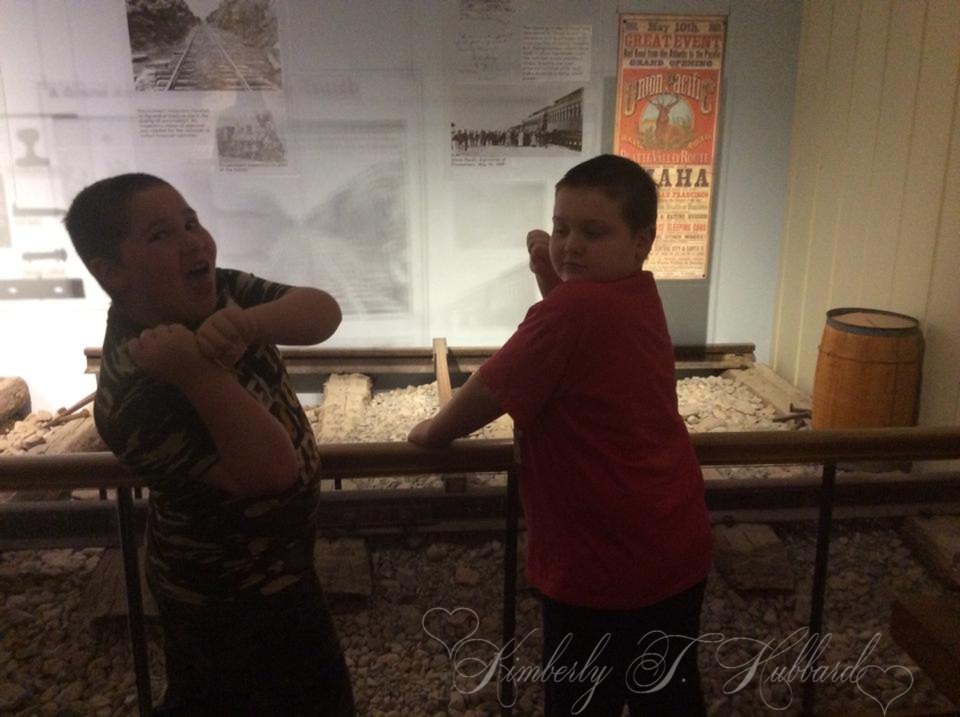
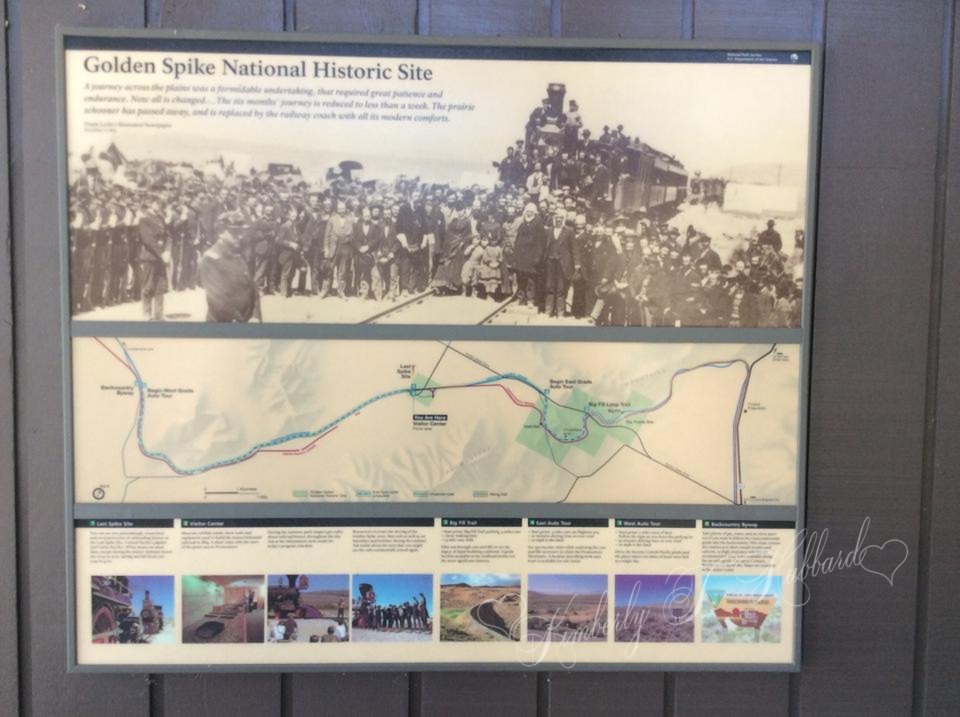
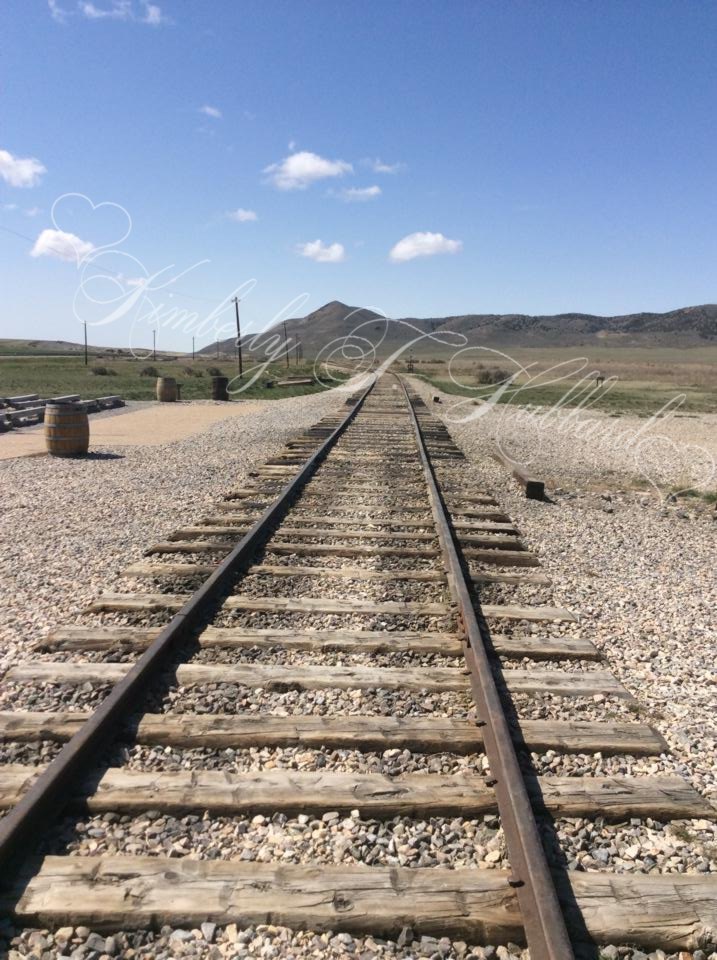
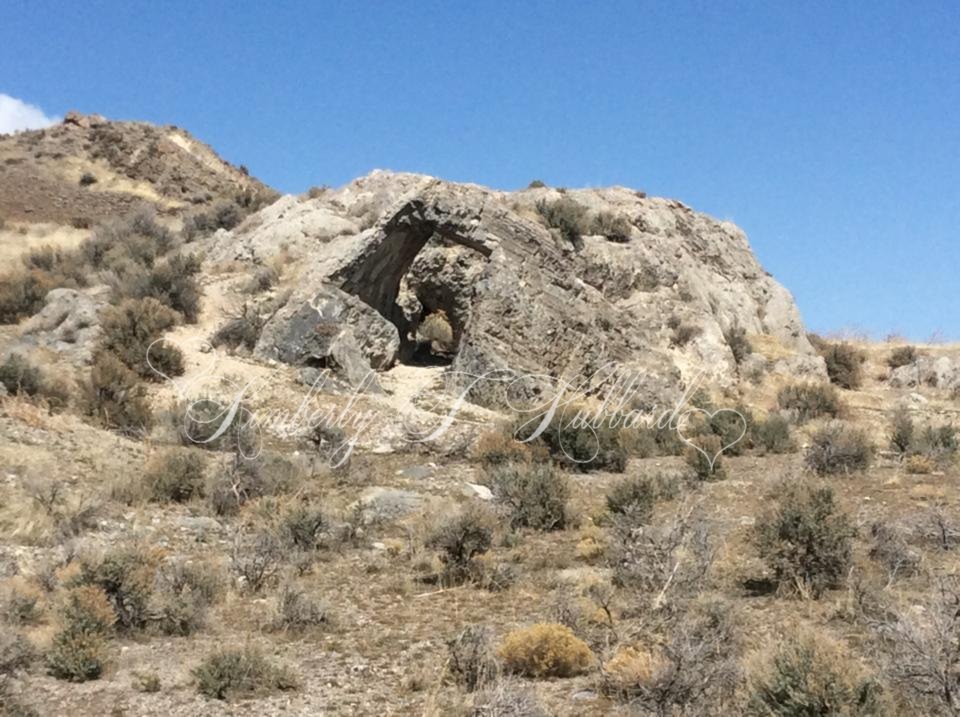
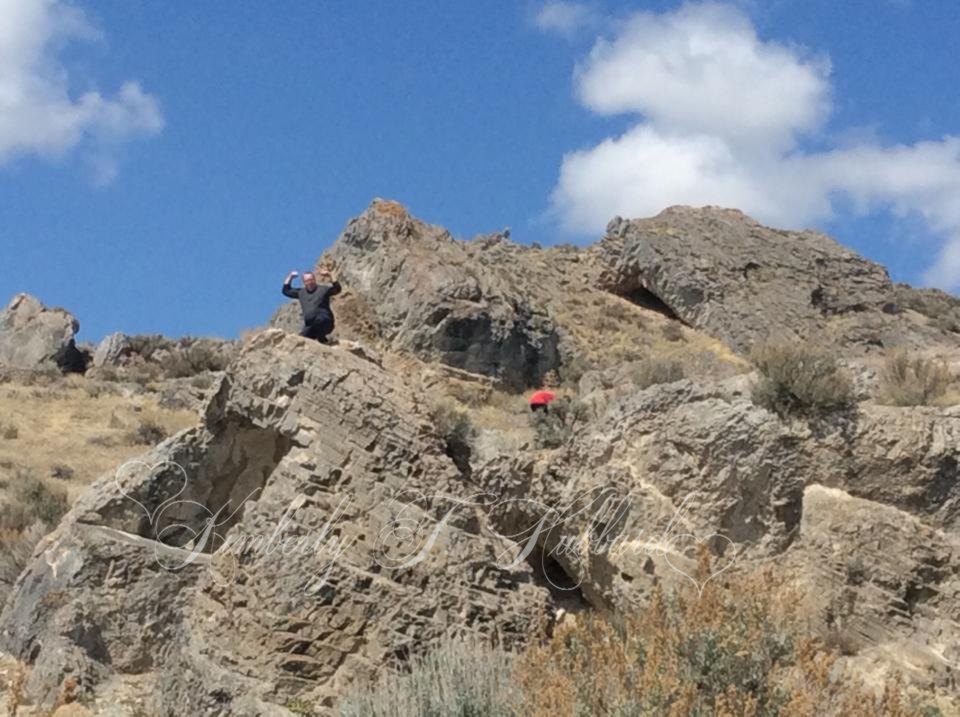
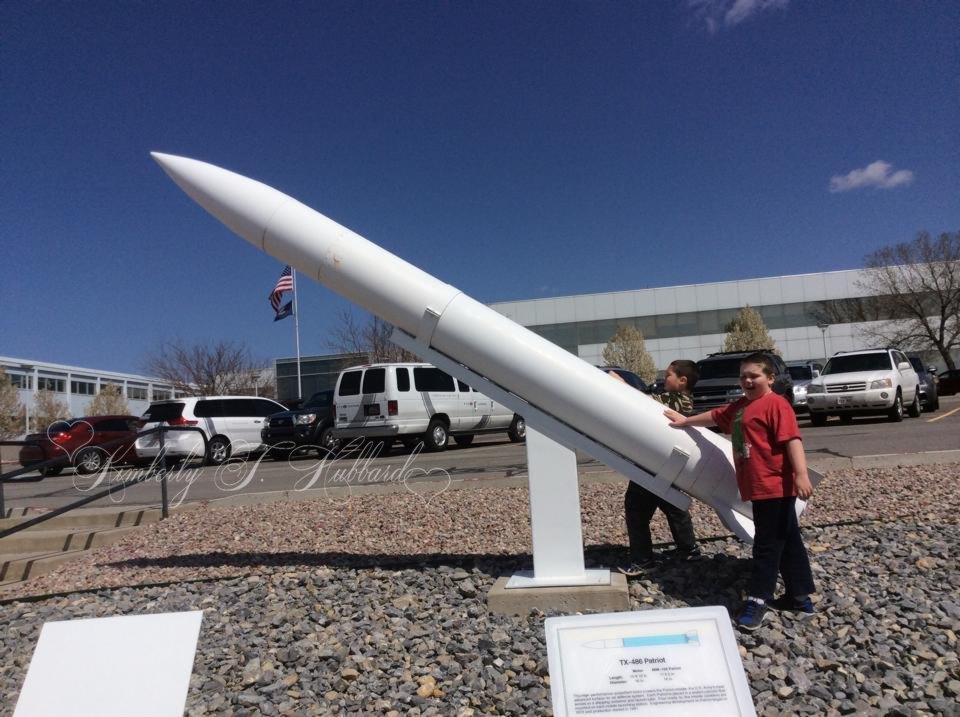

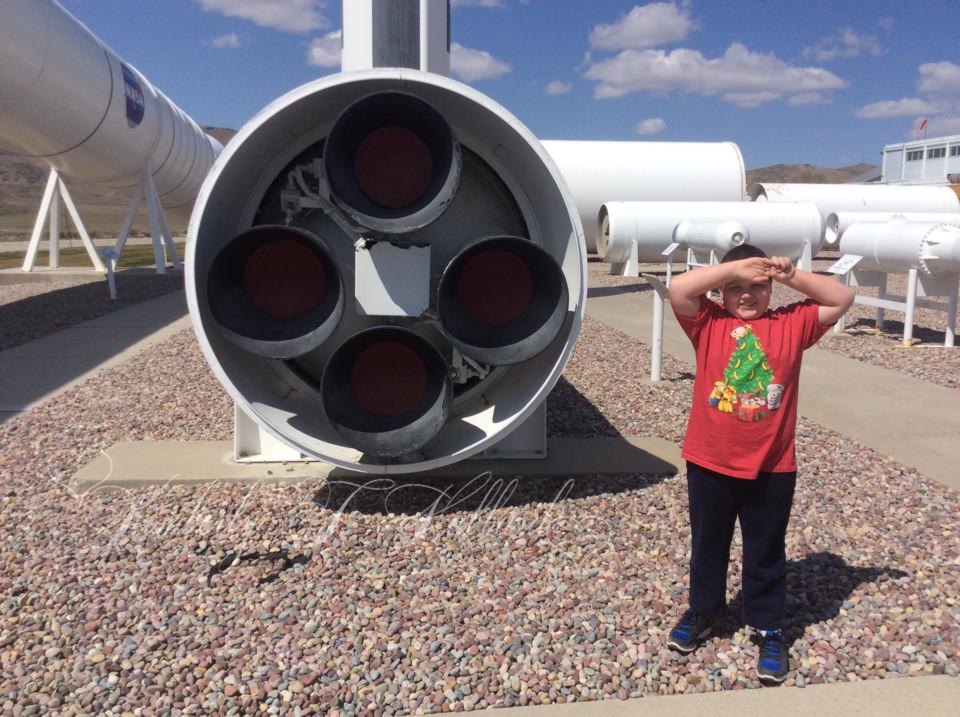

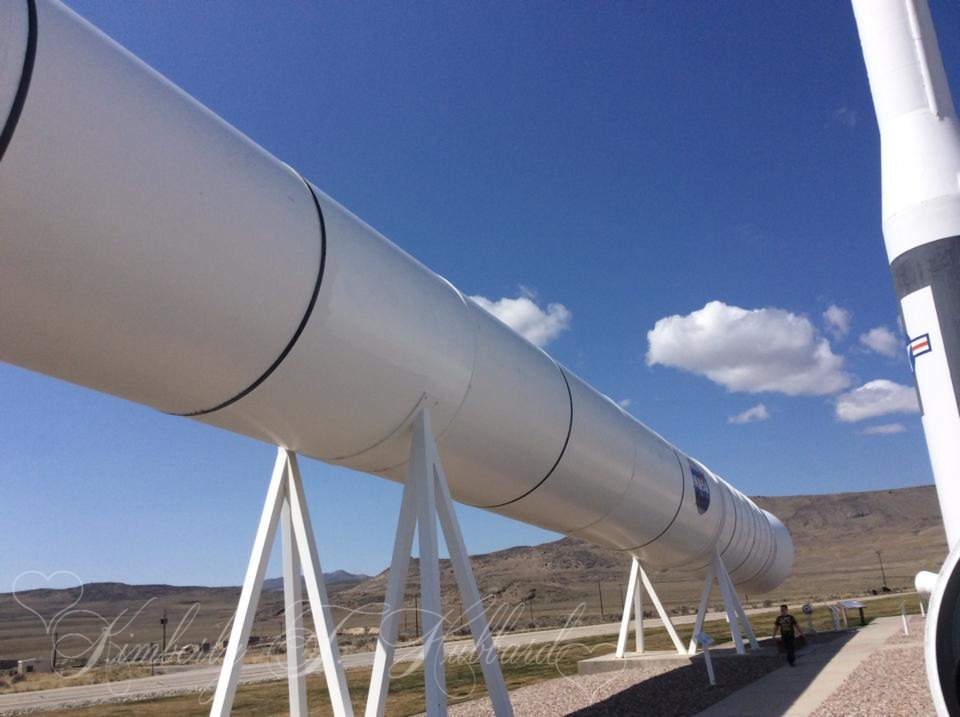
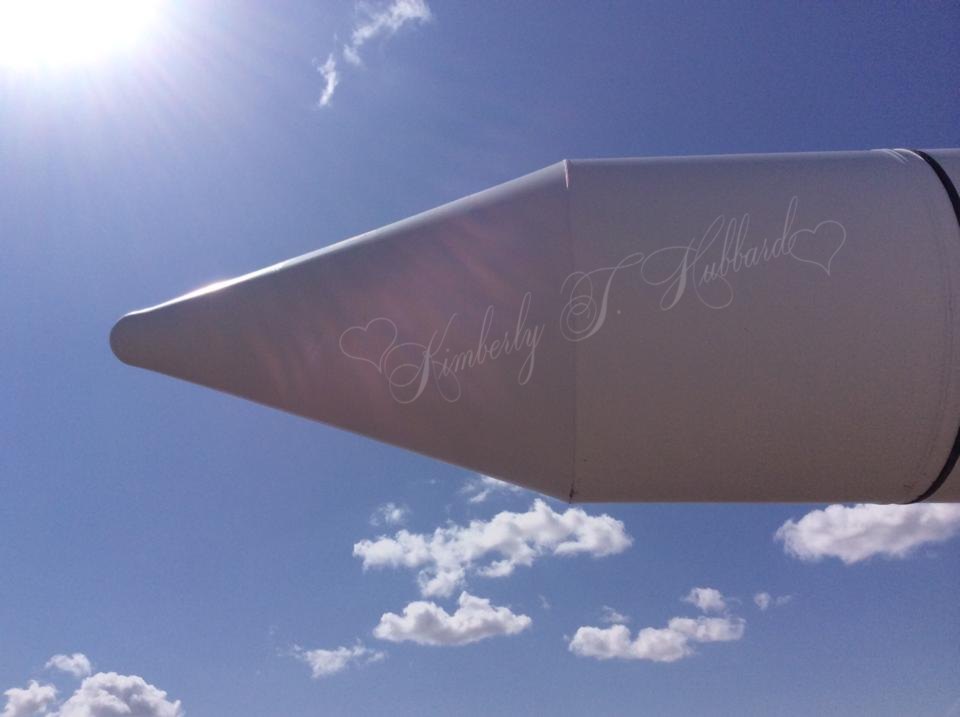
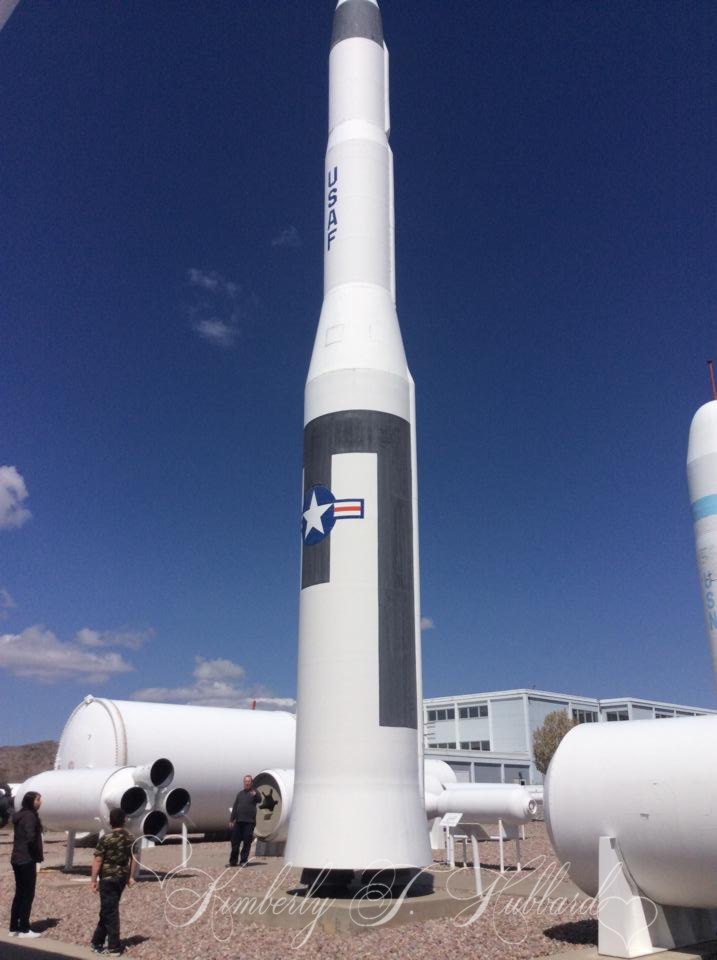
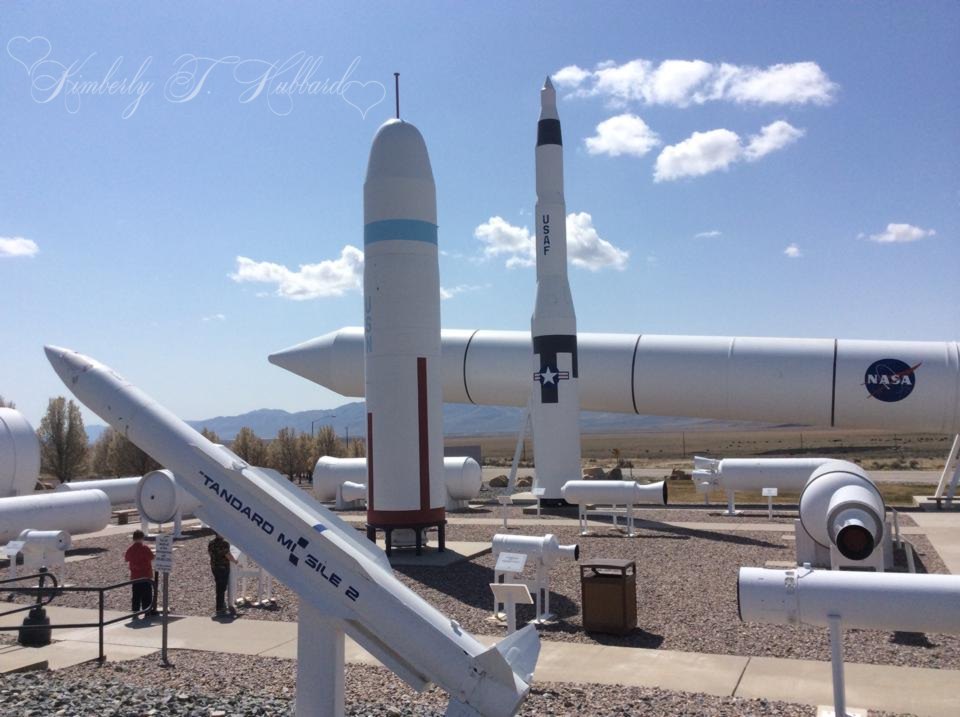
Hidden North Utah Secrets
Often the most memorable parts of our trips come in those split-second decisions to see where the road takes us. You know that moment where you see a road sign and think "Hmmm...I wonder what's down that road"? Most normal people take a look at a map, study it and make a well thought out, logical decision. Psh...we are not one of those families! There have been some times that we've ended up on roads we were pretty certain we were going to die on or at the very least never be heard from again. We always question our judgment in those moments and swear we're never doing it again. For awhile we don't, but then we do. We aren't totally reckless. We really do try to avoid the ones we're certain are going to get us killed! Regardless, those side roads are always memorable.
Such was the case on a trip to Salt Lake for a weekend getaway. First, let's talk about the very cool reason we took this road: Golden Spike National Park.
In 1869 the first transcontinental railroad was completed. The last spike was driven into the ground near Promonotory Utah and the National Parks Service has a great visitors center there where you can see the site of the spike, walk some of the original line, learn about the history of the railroads in this country and the men who made them possible. It's a beautiful, desolate area that makes you really appreciate the sacrifices that were made to make transcontinental travel possible. It's humbling to stand where they stood and realize how utterly difficult and frustrating the work must have been.
When I was studying sociology in college, I spent a great deal of time focusing on researching the contributions to this developing country made by Chinese immigrants and the railroad figures front and center in a lot of those efforts. At one point, it's estimated over 11,000 Chinese immigrants worked on this line of rail out of California. Laying rail by hand is a horribly difficult job and takes an immensely long time. To this day, the record of 10 miles of line in one day stands (by these same Chinese immigrants). I do want to recognize that there were a lot of other ethnic groups that contributed to the construction of the rails in the US, but on this side of the line it was the Chinese that made it happen. (We have Irish ancestors that toiled on the lines in the East.)
There's a lot of history to explore here that I think often gets overlooked. It was a tremendous feat to complete this means of travel in the way it was built, at the time it was built. And as you leave the visitor's center, take the time to explore the area around it. There is an auto tour you can take, walking tours and lots of incredible rocks to explore. It's a GREAT way to get the kids out of the car to burn off some travel-weary frustrations if nothing else!
When you are leaving and pull back out onto the main road, just North on the opposite of the highway is a site that none of us expected. It wasn't on any maps, there were no signs, it seemed deserted and, frankly, there's not a lot to be found online about it. Check out the pictures above and imagine you're traveling with a couple of little boys who just had a blast learning about trains and running wild in the rocks. Imagine you drive up the road a bit and come across what looks like a playground of rockets. Not "toy" rockets - real ones!
At the time, we had no clue what we'd stumbled upon and it took some later research to find out what little we could. There appeared to be a guard station, but it was open and unmanned. There were absolutely no "Do Not Enter", "Keep Off" or "Stay Out" warnings of any kind anywhere so we stopped. Literally, not a soul to be seen anywhere and no indication we shouldn't be there. So we parked and explored. (At first we were a little worried we'd stumbled onto a military installation & we weren't sure we should be there.)
What we learned is that it was unofficially known as the ATK Rocket Park. This division of Advanced Techsystems is responsible for the building, testing and fine-tuning of several NASA projects and the equipment for the space shuttle missions. The "park" is filled with some of the rockets, boosters and shuttle parts that are open for your exploration. There are well marked paths and signs to guide you through the different things on display. It's unreal how big and beautiful everything is!
The Rocket Park was an absolutely unexpected surprise on this trip, one that really is kind of a hidden gem and one I think most people never realize is there. This loop through Northern Utah is one we would actually end up taking a few times over the years. What better trip for a boy mom? Trains, rocks, dirt and rockets? Honestly - does it get any better? My boys loved it and, admittedly, I did too. This was definitely one of those times taking that road less traveled was worth the drive!
Clickable Souvenirs
In accordance with USA Federal Trade Commission laws, bylaws, administrative rules, and various court interpretations. Gemme Daniels is an affiliate marketing company. The website is paid through agreements with a huge number of brands and companies we feel share the values and needs of our clients. In order to simplify the advertising and recommendation process, Gemme Daniels provides links to preferred sites. All images with a white background and the Recommended Supply List are hyperlinks to other sites not controlled by Gemme Daniels.Selecting hyperlinks will force the browser to open a new window and hopefully allowing you, the User, to continue to surf and use Kim Kulture Club.
Places to Experience
- Welcome to Travel
- Travel Planning & Resources
- Idaho At A Glance
- Camping & Fires
- Hidden North Utah Secrets
- Hunting For Aliens
- I'll Never Smoke Weed With Willie Again
- Manzanar Relocation Camp
- Nascar In Vegas
- Oregon Coast Gems
- Race Fans & Christmas Lights
- South Beach - Newport, OR
- Sunset Bay to Cape Arago
- Universal Studios Hollywood
- Yellowstone
- (a1)Vortex, Redwoods, Alcatraz
- (a2)Welcome to SoCal
- (a3)Disneyland
- (a4)California Adventure
- (a5)Disneyland, Day 2
- (a6)Joshua Tree, Rt 66 & Bedrock
- (a7)Grand Canyon & National Parks Loop
- (b1)The Drive Idaho to Florida
- (b2)Caribbean Beach Resort
- (b3)Epcot
- (b4)Magic Kingdom Day 1
- (b5)Port Orleans Riverside
- (b6)Hollywood Studios
- (b7)Return to Magic Kingdom
- (b8)Animal Kingdom
- (b9)Heading Westward
- (b10)San Antonio
- (b11)Aliens, Bats, Caves & The Desert


